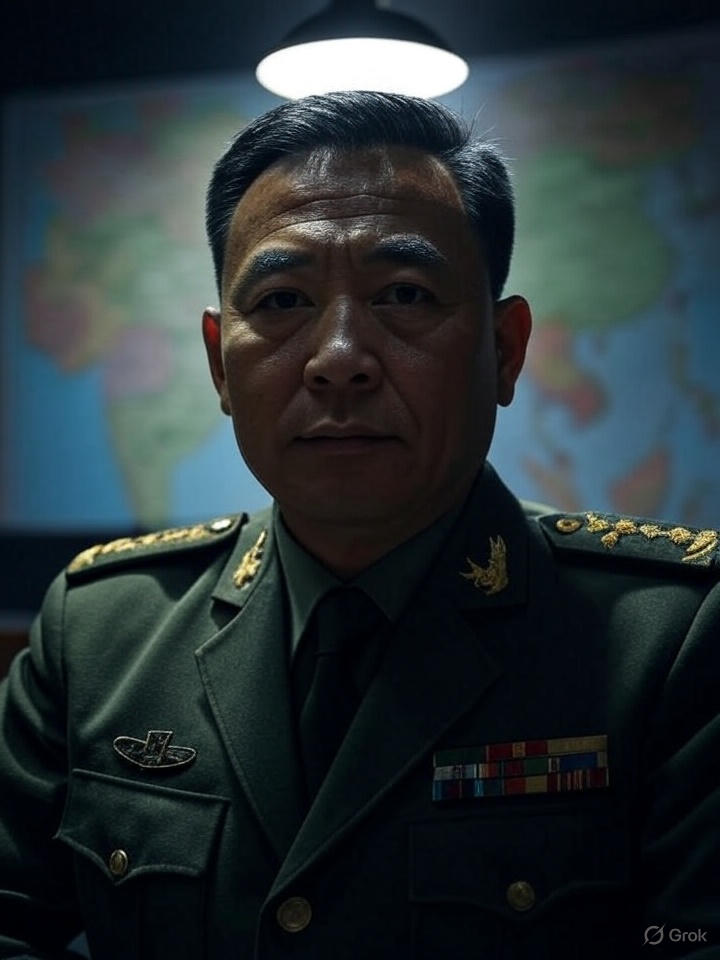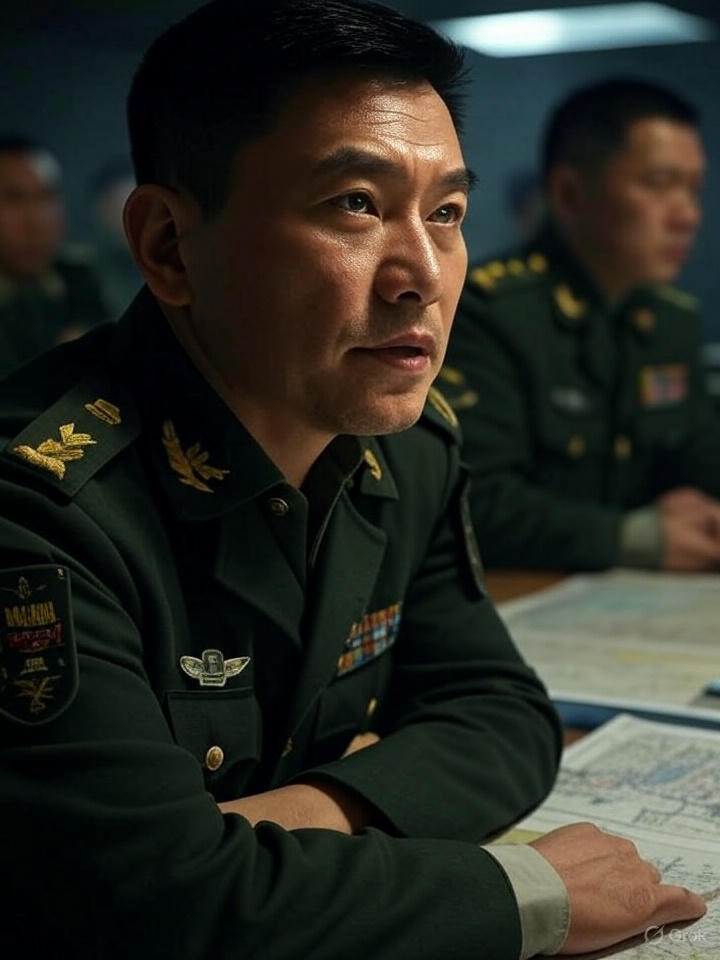China’s Impressive Military Buildup
Under President Xi Jinping, China has pursued an ambitious China military transformation to build a “world-class” force by mid‑century. Its defense industrial base is now among the largest globally, producing hundreds of modern warships, fourth- and fifth-generation combat aircraft, hypersonic missiles, drones, and space systems (Foreign Affairs). The PLA Navy is the largest in the world by ship count, backed by shipyards with capacity far exceeding U.S. output (Reddit). China is also rapidly expanding its nuclear arsenal, projected to exceed 1,000 operational warheads by 2030, up from roughly 600 in 2024 (chinaobservers).
Modernization vs. Combat Readiness
Despite robust hardware, RAND Corporation reports argue that the PLA remains focused more on internal regime stability than preparing for war. Up to 40% of training is devoted to ideological education, with political commissars embedded at all levels—potentially limiting battlefield flexibility and decision-making (CNN). Corruption has also reportedly plagued missile and logistics units—some analysts cite cases where silos were filled with water to divert fuel for personal gain, undermining reliability (sspconline.org).
Joint Operations and Limitations
Xi’s reforms since 2015 have created a joint command structure and logistics support forces to enhance multi-domain operations. But critics say operational execution still falls short: planning, networking, and integrated doctrine lag behind technological leaps (ORF Online). Recent exercises—surrounding Taiwan and Indian border operations—demonstrate capability growth, but full mastery of complex joint missions across sea, land, air, and logistic domains remains a work in progress (ORF Online).
Regional Pressure and Strategic Signaling
China has ramped up military activities in the Taiwan Strait, the South China Sea, and near Japan, Australia, and the Philippines. These include amphibious drills, aircraft-carrier exercises, and simulated blockades—interpreted as potential war rehearsals or grey-zone coercion tactics (Wall Street Journal). U.S. and allied officials have responded by strengthening regional deployments, missile systems in the Philippines, and joint exercises with partners (Wall Street Journal).
Taiwan Invasion: Challenge vs. Capability
Publicly available evidence suggests China aims to be ready to take Taiwan if needed by 2027, but a full-scale amphibious invasion remains extremely complex. Analysts caution that logistical gaps, lack of combat experience, and risk of heavy casualties make such an operation high-risk (Indian Defence Review). Instead, China could opt for blockades, cyberattacks, and precision strikes—moves easier to execute than mass landings (Moneycontrol).
Internal Constraints & Operational Uncertainties
- Political control and ideology dominate PLA command, potentially hindering flexible operational adaptation (Global Watch).
- Corruption and quality control concerns continue to raise doubts about the effectiveness of equipment and logistics (The New Yorker).
- The PLA lacks real combat experience—its last full-scale operation was in 1979—leading Chinese analysts to warn about “peace disease,” where peacetime stagnation erodes combat readiness (Wikipedia).

Summary Assessment
China has built a powerful, modern military machine—outsizing many rivals in volume, innovation, and strategic scale. But structural issues like political interference, corruption, and immature joint operations cast doubt on whether it is fully war-ready.
| Area | Status |
|---|---|
| Hardware & Production | World-class scale in ships, aircraft, missiles, nuclear arms |
| Combat Training & Doctrine | Hindered by political priority and ideological training |
| Operational Experience | Limited; no major combat operations in decades |
| Coercive Tactics vs. Invasion | Capable of blockade-style pressure now; invasion remains uncertain |
Conclusion
China’s military transformation is indisputable. The PLA has amassed cutting-edge weapons, expanded naval and aerospace forces, and built an industrial backbone capable of sustaining long-term expansion. Yet critical weaknesses persist: internal loyalty mechanisms, political commissars, institutional corruption, and incomplete joint operational maturity limit its practical warfighting effectiveness.
Beijing may be capable of coercive actions such as blockades or limited incursions, but when it comes to executing a full-scale, prolonged invasion—especially across the Taiwan Strait—the PLA’s readiness remains questionable. While preparation continues, internal constraints suggest that actual war readiness is still under development.

